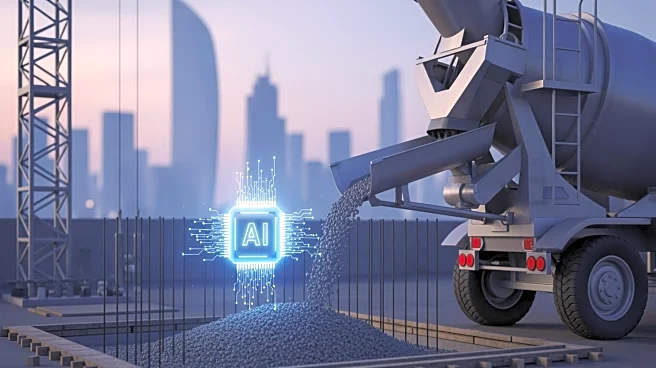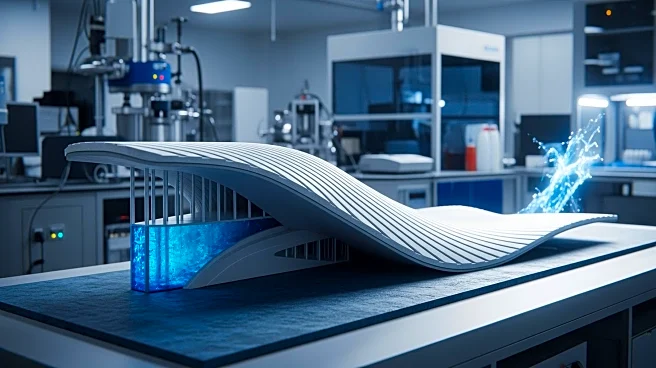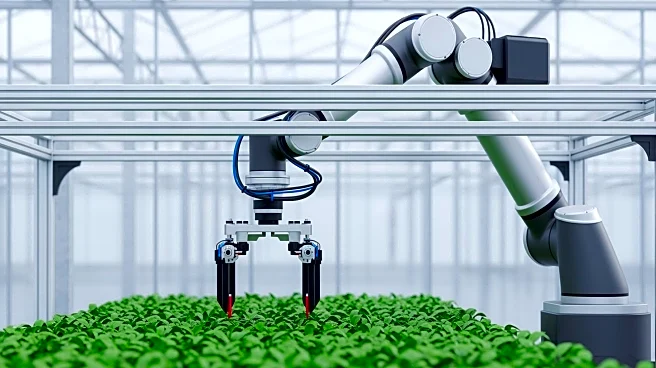What's Happening?
Researchers led by Vikrant S. Vairagade have developed a cement-based composite material that integrates mechanical strength, electrical conductivity, self-healing, and condition monitoring. This 'smart
cement' utilizes chemically functionalized carbon nanotubes (CNTs) to enhance dispersion and adhesion within the cement matrix, significantly improving compressive strength and electrical conductivity. The material incorporates silica microcapsules for self-healing, effectively closing cracks and maintaining structural integrity. Additionally, embedded sensors enable real-time monitoring of structural health, detecting cracks and facilitating active maintenance strategies. The use of AI models further enhances the material's ability to predict crack propagation and reduce maintenance efforts.
Why It's Important?
The development of smart cement represents a significant advancement in construction materials, addressing common issues such as cracking and the need for complex external sensor networks. By integrating self-healing and monitoring capabilities, this material offers a resilient solution for infrastructure projects, potentially reducing maintenance costs and improving safety. The ability to produce geometrically complex structures using 3D printing further expands the possibilities for innovative architectural designs. As the construction industry seeks sustainable and efficient solutions, smart cement could play a crucial role in transforming how buildings and infrastructure are designed and maintained.
What's Next?
The introduction of smart cement is likely to influence future construction practices, with potential applications in various sectors, including transportation, residential, and commercial buildings. As the technology gains traction, construction companies may adopt smart cement for projects requiring enhanced durability and monitoring capabilities. The integration of AI models for predictive maintenance could lead to more proactive approaches in managing infrastructure health, reducing the risk of structural failures. Continued research and development will be essential to optimize the material's properties and expand its use in diverse construction scenarios.











